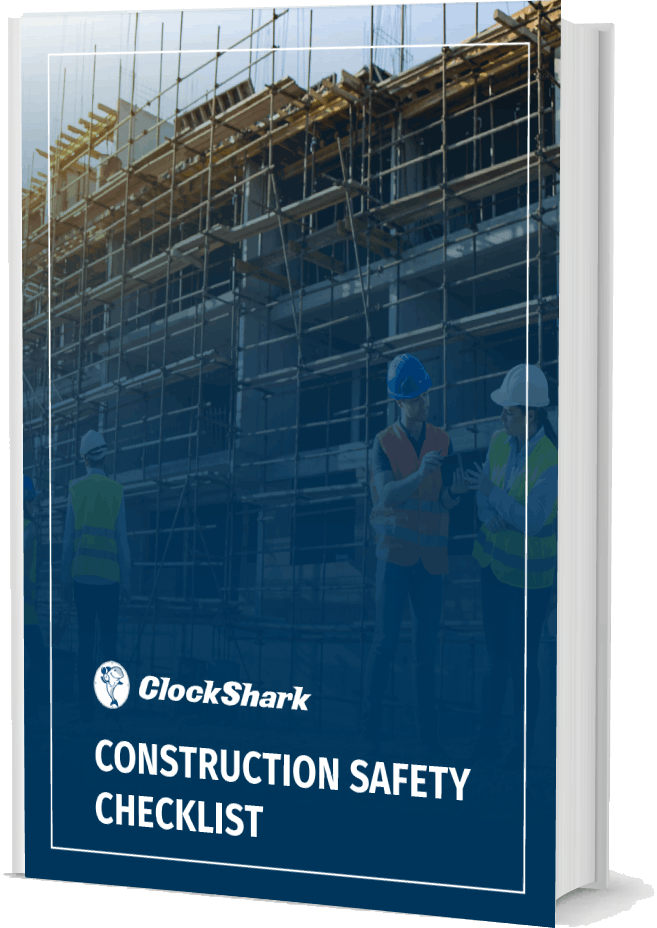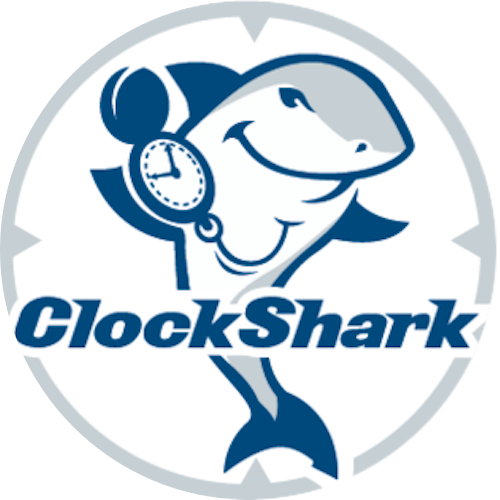Ensuring the safety of construction workers is top priority, so keeping your toolbox talks fresh, relevant, and more interesting than the cup of coffee we hope you're providing to go with it is going to keep these important topics fresh on everyone's mind. In this detailed guide, we'll cover 18 crucial construction safety topics for your toolbox talks, helping you maintain a safe and productive worksite.
Why are Construction Safety Meetings Required for Your Team?
Construction safety meetings are brief, focused discussions on safety topics pertinent to the job site. These meetings should last no more than 10-15 minutes, and play a critical role in the following:
- promoting safety awareness
- training employees on new and existing safety protocols
- preventing accidents and injuries
- ensuring compliance with legal safety standards.
Research shows that team leaders who engage in regular safety training have teams that are significantly safer on the job than those who don't. For example, members of the Associated Builders and Contractors who participated in the Safety Training and Evaluation Process (STEP) reported being 680% safer than your construction industry average.
How are Toolbox Talks on Construction Safety Topics Managed?
Managing toolbox talks on construction safety topics well is key to keeping your crew switched on and in the loop. You've got to schedule these meetings regularly—daily before you kick off work or at least once a week—to make sure everyone's up to speed. Use a sign-in sheet to track who is working now and where, so you know everyone's accounted for. Focus the chat on the safety topics that matter for the job and the site conditions right now. And make it interactive! Encourage the team to chip in with their thoughts and questions to keep it real and useful for everyone.
Top Construction Safety Topics for Your Next Meeting
Safety on the site is no joke, so you have to plan your safety topics for construction carefully. Keeping everyone clued up on these will make sure they all go home safe and sound.
1. Fire Safety
First on our list of safety topics for construction is fire safety. Fire risks are always looming on construction sites. Talk about what usually sparks fires, like electrical glitches, leaving gear unattended, and not storing flammables correctly. Train the crew on how to handle fire extinguishers and make sure they know where all the fire safety gear is kept.
2. Electrocution
Electricity is a big risk on construction sites. Make sure everyone knows the dangers around power lines, how to use electrical gear, and why it's crucial to keep tools in top shape. Stress that only a licensed sparky should tackle the tricky electrical jobs.
3. Fall Protection
Falls are a major deal in construction—seriously dangerous stuff. Talk up the gear that keeps us safe, like guardrails, safety nets, and those personal fall-stop setups.
Fall Hazards
Review the risks associated with working at heights and the importance of using fall protection equipment correctly.
Falling Objects
Discuss the dangers of falling objects and how to secure tools and materials to prevent them from becoming hazards.
4. Asbestos Awareness
When working on older buildings, the presence of asbestos can be a significant health risk. Ensure your team knows how to identify asbestos, the dangers it poses, and the proper procedures for handling and disposing of asbestos-containing materials.
5. Confined Spaces
Working in confined spaces requires special precautions. Discuss the hazards, such as lack of oxygen and the potential for toxic gas buildup, and review the necessary safety measures, including proper ventilation and emergency procedures.
6. Ladder Safety
Ladders are a common cause of injuries on construction sites. Emphasize the importance of inspecting ladders before use, setting them up correctly, and maintaining three points of contact while climbing.
7. Dealing with Accidents
Accidents happen, and knowing how to respond is crucial. Train your team on basic first aid, emergency response procedures, and the importance of reporting all incidents, no matter how minor.
8. Preventing Workplace Violence
Workplace violence is no joke and can really mess things up. Talk about ways to prevent conflicts, spot warning signs, and why it's key to keep a respectful work environment. It's especially important to support our mates, including the women on your crew, making sure everyone feels safe and valued on the job.
9. Demolition Dangers
Demolition work involves unique risks. Ensure your team understands the hazards, such as structural instability and flying debris, and the necessary precautions, including using protective equipment and following a clear demolition plan.
10. Human Factors and Ergonomics
Long hours and repetitive tasks can lead to injuries. Discuss the importance of proper lifting techniques, taking breaks, and maintaining good posture to prevent musculoskeletal disorders.
11. Personal Protective Equipment (PPE)
PPE is essential for protecting workers from various hazards. Review the types of PPE required for different tasks, how to use and maintain them, and ensure all equipment meets safety standards.
12. Hazard Identification and Communication
Every construction site has unique hazards. Train your team to identify potential risks, report on safety violations, and communicate effectively to prevent accidents.
13. Lockout and Tag-Out Procedures
Equipment servicing and maintenance pose risks if not properly managed. Discuss lockout and tag-out procedures to ensure machinery is safely shut down and cannot be accidentally started.
14. First Aid
First aid knowledge is critical for responding to injuries. Review basic first aid techniques, such as treating wounds, burns, and eye injuries, and ensure your first aid kits are well-stocked and accessible.
15. Working at Heights
In addition to fall protection, working at heights involves other risks. Discuss safe practices for using scaffolding, aerial lifts, and other equipment used for working at elevation.
16. Burns
Burns can result from various sources, including chemicals, heat, and electricity. Discuss the different types of burns, how to prevent them, and the appropriate first aid measures.
17. Hard Hat
Hard hats are essential for protecting against head injuries. Reinforce the importance of wearing hard hats at all times on the job site and regularly inspecting them for damage.
18. Lightning Safety
Working outdoors means exposure to weather hazards, including lightning. Educate your team on recognizing storm conditions, seeking shelter, and staying safe during thunderstorms.
FAQs
How to Track and Report Your Safety Meetings?
Tracking and reporting safety meetings and the construction safety topics you cover off ensures accountability and compliance. Use ClockShark's crew management tools to log attendance, topics discussed, and any follow-up actions required.
How Long Should Your Toolbox Talk Last?
Toolbox talks should be brief and focused, ideally lasting no more than 10-15 minutes. This keeps workers engaged and ensures they retain the information about the construction safety topics you cover. Use ClockShark's time-tracking features to manage and optimize your construction safety meeting topics and schedules.
Ensure Security with Your Next Construction Safety Topics
Regular safety meetings are vital to maintaining a safe construction site. By covering these 18 topics, you'll help ensure your team is well-informed, vigilant, and prepared to handle any hazards it may encounter.
Stay Safe and Stay Informed with ClockShark
At ClockShark, we're all about making your construction jobs safer and smoother. Our tools and time tracking software is built to simplify everything—whether it's logging safety meetings, organizing your crew, or keeping tight tabs on time. Count on us to keep your job sites ship-shape and on the ball. Get started with ClockShark today!






